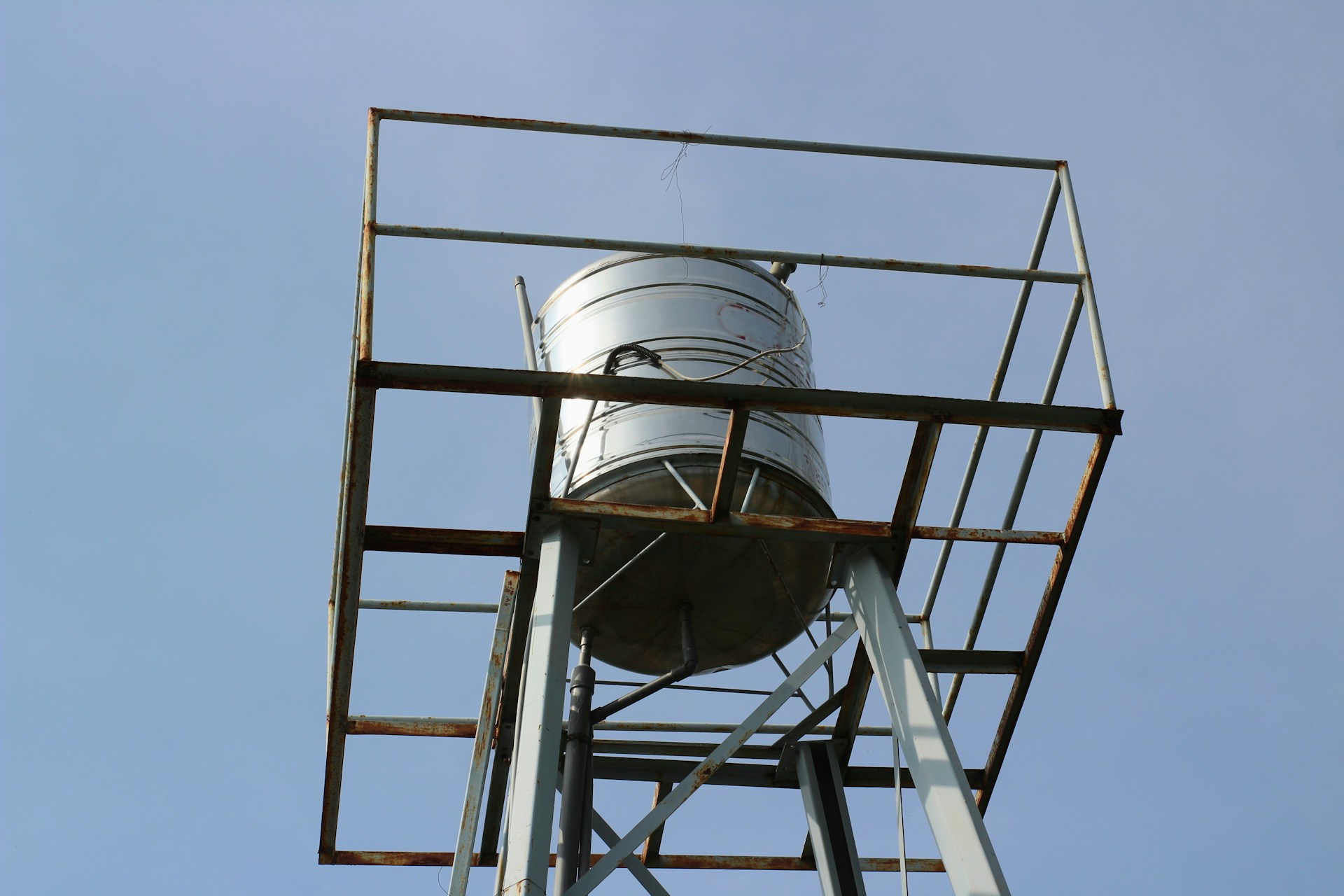
Dampness around tank foundations may appear minor initially, yet it’s a common issue that can lead to significant problems if not addressed promptly. When moisture starts to accumulate, it can weaken the foundation, leading to structural problems that are both costly and time-consuming to fix. This dampness can also create an ideal environment for mould and mildew, which not only affect the tank’s integrity but can also bring unwelcome health risks.
Addressing this persistent dampness early on can prevent long-term damage. By managing the root causes, tank owners can avoid more extensive repairs down the track. Proper maintenance and timely intervention mean the difference between a minor fix and a major overhaul. Let’s explore why this dampness occurs and solutions to keep those foundations dry and sturdy.
Identifying the Causes of Dampness
Understanding the factors causing dampness is vital in tackling the issue effectively. Several elements can contribute to moisture accumulation around tank foundations:
– Poor Drainage Systems: Often, inadequate drainage is a primary cause. Without efficient systems to divert water away, excess moisture may start collecting around the tank. Over time, this moisture seeps into the foundation, compromising its integrity.
– Soil Composition and Its Impact: The type of soil surrounding the tank plays a significant role. Some soils retain water more easily, leading to prolonged exposure to moisture. Clay, for example, holds water, making it crucial to understand your soil type and its drainage capabilities.
– Faulty or Deteriorating Tank Structure: As tanks age, certain structural components may become compromised. Cracks in the tank or foundation can allow water to leak or seep in, exacerbating the dampness issue. Regular inspections help spot these weaknesses before they become severe.
Recognizing these factors helps in planning effective preventative measures. With clear identification, tank owners can implement strategies to rectify these concerns, ultimately preserving the longevity and functioning of their tanks. By reviewing these commonly overlooked factors, you can maintain a more efficient and robust tank system.
Effective Tank Waterproofing Solutions
To tackle dampness head-on, employing effective waterproofing solutions is key. One of the primary methods involves using high-quality sealants and barriers. These materials create a protective layer that repels moisture, reducing the chances of water seeping into the foundation. Sealants made from durable materials help ensure long-lasting protection, keeping the tank area dry and secure.
Complementing barriers with proper drainage systems further enhances waterproofing efforts. Installing these systems guides water away from the tank foundation, preventing buildup over time. Adequately designed gutters and trenches can divert rainwater efficiently, stopping potential water ingress before it becomes an issue.
Maintenance plays a vital role in keeping waterproofing initiatives effective. Regular checks and servicing ensure that all waterproofing measures are functioning optimally. Any cracks or damages in the barriers or drainage systems should be repaired promptly to maintain their efficacy. Consistent attention to these measures will help prevent recurring dampness and protect the integrity of the tank’s structure.
Preventative Measures to Avoid Future Issues
Long-term dampness control hinges on adopting certain preventative measures. Regular inspections should be a staple in your maintenance routine. By consistently checking the tank and its surroundings, you can identify potential problems before they worsen. Early detection allows for minimal intervention, avoiding more invasive repairs.
Landscaping can also significantly impact the dryness around a tank foundation. Consider planting native shrubs or installing hardscapes with a slight gradient. Both options can improve drainage naturally, making sure water flows away from the tank. By integrating landscaping into your dampness prevention strategy, you add another layer of defence against unwanted moisture.
Upgrading materials and construction methods may be necessary in some situations. Using high-grade tank construction materials enhances durability and minimizes susceptibility to leaks and moisture. While it might require an initial investment, these upgrades often save money in the long run by extending the tank’s lifespan and reducing repair frequency.
Keeping Your Tank Foundations Dry and Strong
The journey to a dry and strong tank foundation begins with understanding what causes dampness and applying efficient solutions. It’s all about being proactive and carrying out regular maintenance to ensure everything stays in top shape. Investing in quality waterproofing solutions not only guards against immediate dampness issues but also contributes to the tank’s longevity.
Preserving your tank foundation’s condition requires a mix of keen observation and timely action. By staying vigilant and being prepared to adapt your strategies, you safeguard your investment against the detrimental impacts of persistent dampness. Regular inspections and maintenance are not just about upkeep—they’re about preserving peace of mind and protecting the health of your infrastructure.
Maintaining a dry tank foundation is key to prolonging the life and efficiency of your tank. If you’re looking to ensure optimal protection against moisture, explore the benefits of professional tank waterproofing with ATM Tanks. Our expert services focus on providing long-lasting solutions, helping you maintain the structural integrity of your tanks and safeguarding your investment for the future.
- The Benefits of Regular Tank Waterproofing - October 26, 2025
- Pro Tips for Conducting Thorough Tank Inspections - October 26, 2025
- How to Deal with Sediment Buildup in Water Tanks - October 26, 2025






